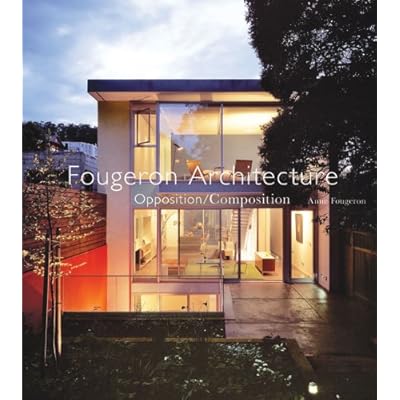Architects and Optimism: Harmony or Horror?
The other night, I was up late, watching yet another British crime-mystery show. I would call myself a fan of good wine and cheese but only an addict to one thing: this sub-genre of television. I have now resorted to online subscriptions to English web sites so I can stream the most obscure shows. Anyway, in the climax of another whodunit plot, the corrupt business-type “perp” (I like to use context-appropriate jargon) is finally coming clean. In a long, pessimistic, diatribe he describes the world as a cesspool and that only greed is a value worth considering.
Pessimist is a word I am used to and if you sat it at a dinner party with most architects, you can get a sense of negativity. I think a lot of people would describe architects as pessimists; we’re certainly tempestuous enough. But while we architects are often a bitchy, mournful lot, forever complaining about the complexities of our jobs, our poor financial compensation and the trouble of trying to make good architecture in a profit driven world, we are really a bunch of optimists.
Yes, there are complex entitlements processes, difficult negotiations with owners, neighbors and the lot and burdensome professional liability. Liability that makes an architect susceptible to lawsuits up to ten years after their project has been completed! (In California, the statute of limitations period is three years for a felony theft, easier to be a thief than an architect some might say).
But we accept these complexities because this profession is not driven by greed and I would venture to say rarely by personal gain (after all, most famous architects don’t gain notoriety until their mid-50s). We are driven by an incredible faith in the world and in the power of the built world. We want to make things—particularly structures—that will last a long time and that means, fundamentally, you have to believe that the present and future of your environment matters, that you can make an enduring difference, that in the end that you matter.
Perhaps believing in good design is like believing in God, it makes you an optimist.
Sir Terence Conran
Architecture is faith in design, faith in follow-through. You have to be an optimist to think that sketches on paper will become steel rods in the ground. And sometimes, when it’s all done, it feels like a miracle. But that only invigorates you more.





We have to.
Our meaning is to think something have to be build. You can not be pesimistic and design stuff. You should believe what you design will be helpful and nice.